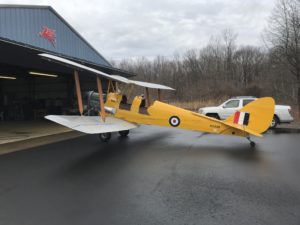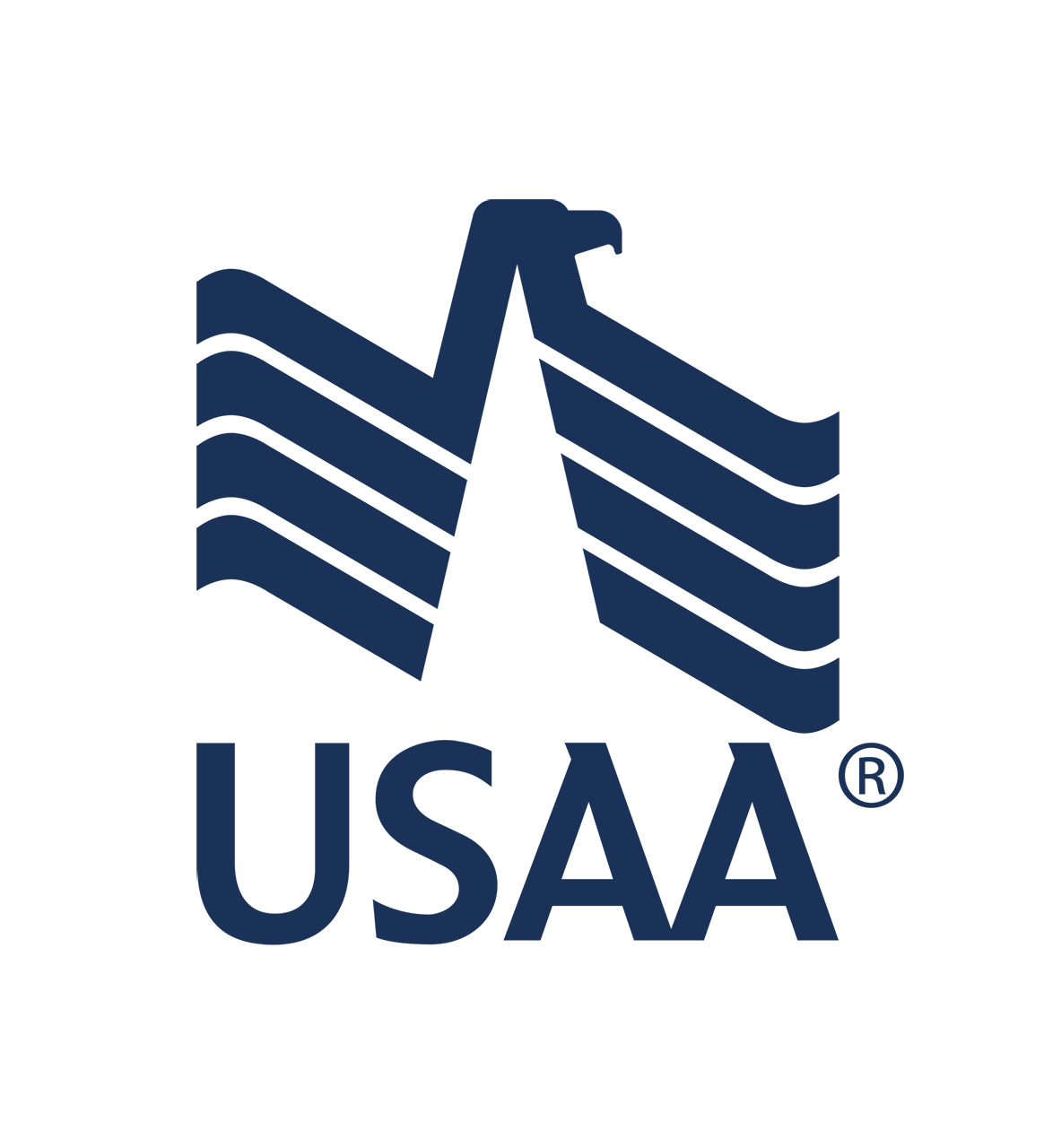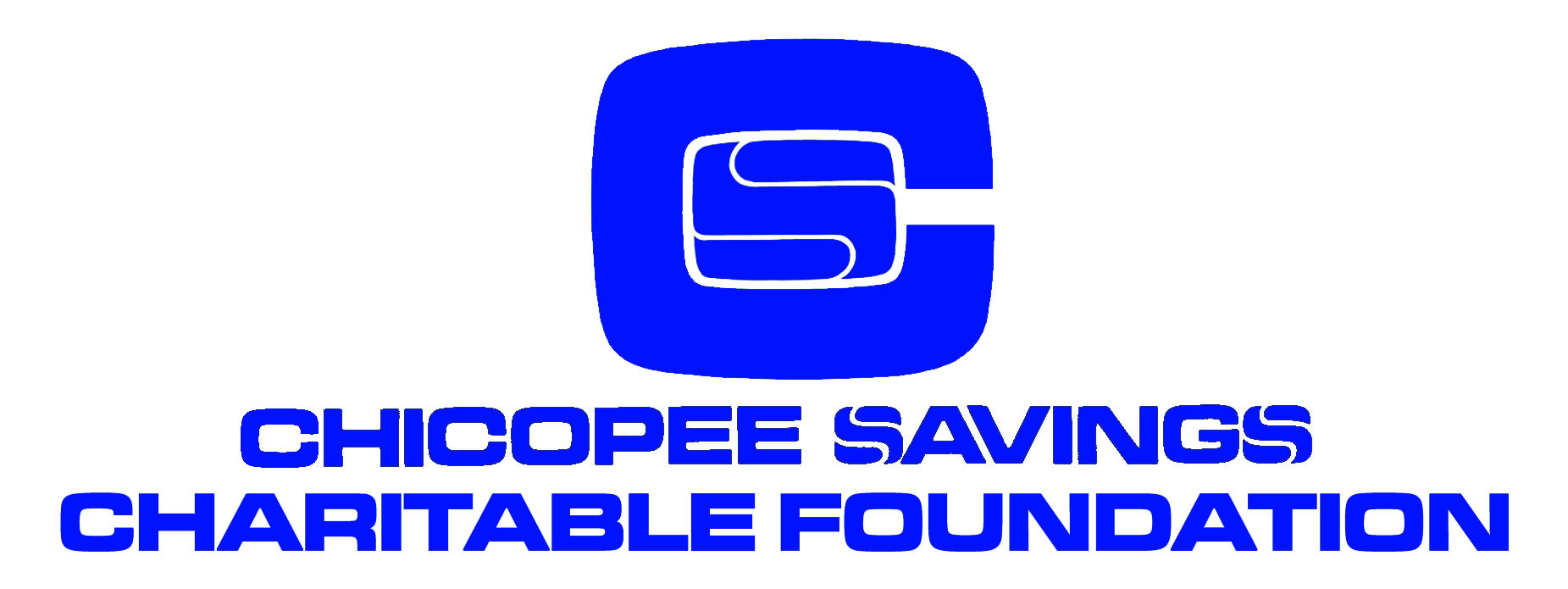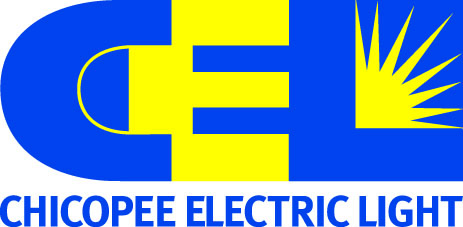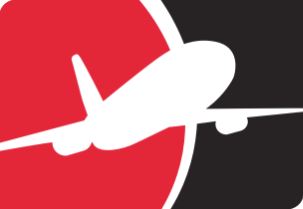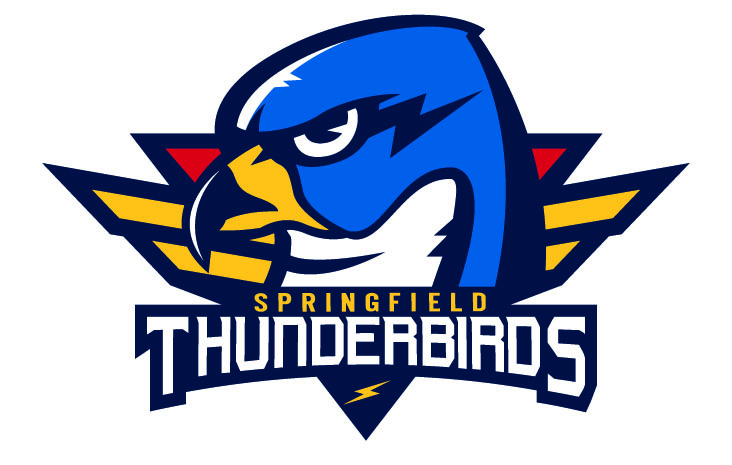B-17

The Boeing B-17, nicknamed the “Flying Fortress”, is a four-engine heavy bomber aircraft developed in the 1930′s for the United States Air Force. From its introduction in 1938, the B-17 Flying Fortress evolved through numerous design advances. The B-17 was primarily employed by the U.S.A.F. and was given the task of destroying enemy war facilities through precision strategic bombardment during World War II. The Flying Fortress quickly proved to be a strategic weapon for the U.S. as a potent, high-flying, long-range bomber that was able to not only defend itself but also return home regardless of substantial damage. The B-17 secured itself as an effective weapons system by dropping more bombs than any other U.S. aircraft throughout WWII. As of September 2012, only 10 airframes remain flyable! Our award winning B-17G “Yankee Lady” is the finest example of this type of aircraft still flying in the world today
Prowlers of the Pacific
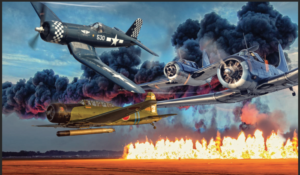 World War II starts for the United States of America on that infamous Sunday, December 7th 1941. We were a nation asleep, and not prepared for a war defending our freedom or that of the entire world. U.S. industry stops producing automobiles, refrigerators and furniture and ramps up the largest production of fighters, bombers, ships and tanks the world has ever seen…or will see again. Young men leave their farms, schools and jobs to join the Army, Navy, Marines and Coast Guard and head off to basic training. Young women take the place of the men in the factories and learn to weld and rivet and build the weapons that will take the fight to the enemy.
World War II starts for the United States of America on that infamous Sunday, December 7th 1941. We were a nation asleep, and not prepared for a war defending our freedom or that of the entire world. U.S. industry stops producing automobiles, refrigerators and furniture and ramps up the largest production of fighters, bombers, ships and tanks the world has ever seen…or will see again. Young men leave their farms, schools and jobs to join the Army, Navy, Marines and Coast Guard and head off to basic training. Young women take the place of the men in the factories and learn to weld and rivet and build the weapons that will take the fight to the enemy.
Most Americans had rarely traveled out of their own state and now they were looking at maps of England, France and Germany in Europe along with islands in the Pacific that they had never heard of…Wake, Midway and Guadalcanal. After stinging losses in the beginning, we started to turn the tide at the Battle of Midway island, sinking 4 of the enemy carriers and then on to Guadalcanal, slugging our way across the island to gain a foothold in enemy conquered territory.
The Pacific Theatre was over 62 million square miles of ocean, with a only a few thousand square miles of islands…just small dots in a massive blue sea. We had to take the fight to the enemy and the aircraft carrier became the chess piece used to move across the Pacific Theatre. The mighty aircraft carrier had already proven itself in less than a year of war and became our spearhead as we island hopped across the Pacific pushing the enemy back towards their homeland. The sleeping giant has awoken and the Arsenal of Democracy is starting to produce new fighters and bombers…and more of some old battle hardened aircraft to take the fight to the enemy!
Meet the Prowlers of the Pacific!!
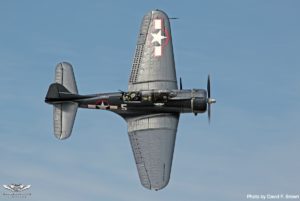
“Dauntless”
The Northrop Corporation first developed the SBD before World War II. It was first flown in July 1935, but considered obsolete by December 1941 when the Japanese attacked Pearl Harbor. Douglas Aircraft purchased the SBD contract and the SBD-1 was first delivered in late 1940. Over 5,000 aircraft were built and production of the carrier-based scout, dive and torpedo bomber ceased in July 1944.
Despite accusations that the aircraft was under-powered, vulnerable, lacking in range and exhausting to fly for any length of time, the “Dauntless” helped turn the tide of World War II at the Battle of Midway on June 4, 1942. The “Dauntless” sunk four major aircraft carriers of the Japanese Navy, ceasing Japanese expansion in the Pacific. The SBD also served with 20 U.S. Marine Corps Squadrons and many SBDs were retrofitted with Westinghouse ASB radar, the first to be used by the U.S. Navy. Though considered obsolete on that “Day of Infamy” in the skies over Pearl Harbor, December 7, 1941, the SBD was the first American combat aircraft to shoot down a Japanese Zero fighter. It may have been slow, but it was deadly, as that Japanese pilot found out that day. The SBD was the only U.S. combat aircraft to fight from the beginning of the World War II until the end. Considered the most destructive air weapon of the U.S. Navy, the SBD sank over 300,000 tons of enemy ships, a greater tonnage of Japanese shipping than any other Allied aircraft during the war! Eighteen were warships, including five aircraft carriers sunk in the battle of the Coral Sea and Midway. It earned the nickname “Slow, But Deadly!” After the war, the U.S. Marine Corps continued to use the SBD, and in the 1950s, the French Air Force used SBDs in its war in Indo-China.

B5N
The Nakajima B5N (Japanese: B5N, Allied reporting name “Kate”) was the standard carrier torpedo bomber of the Imperial Japanese Navy (IJN) for much of World War II. Although the B5N was substantially faster and more capable than its Allied counterparts, the TBD Devastator, Fairey Swordfish and Fairey Albacore, it was nearing obsolescence by 1941. Nevertheless, the B5N operated throughout the whole war, due to the delayed development of its successor, the B6N. In the early part of the Pacific War, flown by well-trained IJN aircrews and as part of well-coordinated attacks, the B5N achieved particular successes at the battles of Pearl Harbor, Coral Sea, Midway, and Santa Cruz Islands. The aircraft flying in the airshow is actually a replica, built in 1969 for the Movie Tora! Tora! Tora! by combining the airframe of a North American SNJ-4 with the tail section of a Vultee BT-13. With its 600 hp Pratt and Whitney R1340-AN engine, its performance is actually equivalent to that of an original Kate. In addition to its role in Tora! Tora! Tora!, this Kate has appeared in the movies The Battle of Midway, The Flying Misfits, War and Remembrance, and the TV Series, Black Sheep Squadron.
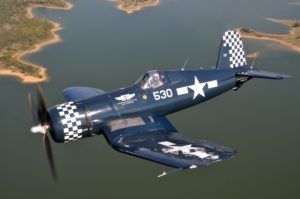
Corsair
The Corsair, originally developed by Chance-Vought, and produced by Goodyear and Brewster under license, has become one of the most popular Fighter aircraft of the Second World War, however, its original debut as a Carrier-borne fighter was less than spectacular. The airplane had been intended to replace older naval fighter variants, but its difficult carrier landing characteristics caused the navy to pass many of the airplanes off to the Marine Corps’ land based air support units. The Marines gladly accepted the Corsair and groups like the “Black Sheep” squadron and the “Jolly Rodgers” tore up the skies. The carrier landing quirks were eventually worked out, allowing the Corsairs to return to the Fleet’s aircraft carriers – just in time to participate in some of the most grueling engagements in the war. The Palaus, Iwo Jima and Okinawa. It was here that the airplane earned a reputation as a “Mudfighter.” Getting down and dirty to support troops on the ground. Its impressive performance characteristics also earned it a reputation as a Kamikaze hunter in those dark days.
Ace Maker T-33
Lockheed pushed the Army Air Corps for a jet trainer version but the Air Corps saw no need for such an aircraft and they didn’t want to “waste” any fighter airframes. The methods for training jet pilots in 1947 was 180 hours in the T-6, 50 hours in P-51 Mustangs, and about 25 hours in a “captive” P-80.
Finally in January 1948 a cost-conscious Air Force awarded a contract for 20 TF-80C jet trainers and the designation was later changed to T-33A. The original trainer version was an F-80B fuselage with a 26 inch section added forward of the wingroot. Another 12 inch section was added forward of the rear fuselage for balance and stability. Additional differences between the P-80B and the TF-80C were: smaller 85 gallon fuselage fuel tank, nylon fuel cells, two .50 caliber guns instead of six, improved air conditioning, and of course dual fight controls. Also a six gun nose could be fitted to the T-33. Early models even had 1000 lb. bomb shackles on the wings. The only major change to the T-33 was the addition of Fletcher-type wingtip tanks. Almost 6000 T-33s were built, including 649 for the Navy and 1058 for foreign air forces. Canadair built 656 MKIIIs under license and Kawasaki built 210
Spitfire
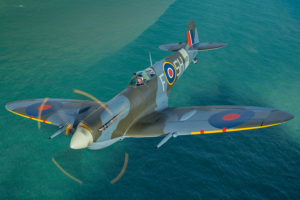 116 combat missions and flown by two Aces, BR601 is arguably one of the most significant surviving Allied fighters in the world.
116 combat missions and flown by two Aces, BR601 is arguably one of the most significant surviving Allied fighters in the world.
Surviving World War II aircraft are unique artifacts from a conflict that truly changed the world. How many are left? There are perhaps one hundred bombers remaining of the over one hundred thousand made by all nations. Approximately five hundred single engine fighters of the quarter million fighter and attack aircraft produced by all sides survive. Of these fighters, fewer than 10% are actual combat veterans. Most planes that remain are either training aircraft or had seen no use at all. Many brand new airplanes were cut up months after construction. A true Allied combat veteran aircraft is very rare, and Spitfire Mk. IX BR601, with its history of 116 combat missions, flown by two Aces, is arguably the most significant surviving Allied fighter aircraft in the world.
The early days of 1942 are hard to imagine. Japan was running unchecked through the Pacific in a new war against the United States. Great Britain was fighting for its very survival against Germany. The new Spitfire Mk. V (“Mark five”) had her late 1941 combat debut on the same day the Luftwaffe introduced the Fw 190. The superiority of the Fw 190 shook the RAF to its core as their “new” fighter was second best the day she was introduced. The Air Ministry took immediate steps to remedy the situation, introducing an experimental engine, the Rolls Royce Merlin Mk. 61. The two-stage supercharged engine had to be in front-line fighters as soon as possible. This program was so important that both Supermarine (the aircraft builder), and Rolls Royce were tasked to convert 50 of the new air-frames (Mk. Vb and Vc) to the interim Mk. IX standard. The immediate need for one hundred Mk. IX Spitfires was of the greatest importance. Painstakingly the larger, wider and different back end of the Merlin 61 engine was shoehorned into a new mount that would hold the fury of almost 1,600 horsepower. Ancillary systems were removed, modified or replaced and then refitted by hand. Radiators, coolers, lines and fittings all had to be replaced with larger parts to allow the full measure of the Merlin 61 to be unleashed. It must have been a thrilling time for those aircraftsmen working in secret on this new and improved Spitfire.
P-51 Mustang
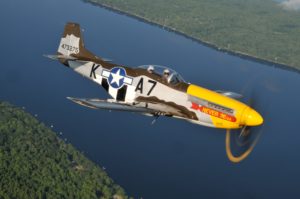 The North American Aviation P-51 Mustang is an American long-range, single-seat fighter and fighter-bomber used during World War II and the Korean War, among other conflicts. The Mustang was designed in 1940 by North American Aviation (NAA) in response to a requirement of the British Purchasing Commission. The Purchasing Commission approached North American Aviation to build Curtiss P-40 fighters under license for the Royal Air Force (RAF). Rather than build an old design from another company, North American Aviation proposed the design and production of a more modern fighter. The prototype NA-73X airframe was rolled out on 9 September 1940, 102 days after the contract was signed, and first flew on 26 October.
The North American Aviation P-51 Mustang is an American long-range, single-seat fighter and fighter-bomber used during World War II and the Korean War, among other conflicts. The Mustang was designed in 1940 by North American Aviation (NAA) in response to a requirement of the British Purchasing Commission. The Purchasing Commission approached North American Aviation to build Curtiss P-40 fighters under license for the Royal Air Force (RAF). Rather than build an old design from another company, North American Aviation proposed the design and production of a more modern fighter. The prototype NA-73X airframe was rolled out on 9 September 1940, 102 days after the contract was signed, and first flew on 26 October.
The Mustang was originally designed to use the Allison V-1710 engine, which, in its earlier variants, had limited high-altitude performance. It was first flown operationally by the RAF as a tactical-reconnaissance aircraft and fighter-bomber (Mustang Mk I). The replacement of the Allison with a Rolls-Royce Merlin resulted in the P-51B/C (Mustang Mk III) model and transformed the Mustang’s performance at altitudes above 15,000 ft, allowing the aircraft to compete with the Luftwaffe’s fighters.The definitive version, the P-51D, was powered by the Packard V-1650-7, a license-built version of the Rolls-Royce Merlin 66 two-stage two-speed supercharged engine and was armed with six .50 caliberBrowning machine guns.
From late 1943, P-51Bs and Cs (supplemented by P-51Ds from mid-1944) were used by the USAAF’s Eighth Air Force to escort bombers in raids over Germany, while the RAF’s Second Tactical Air Force and the USAAF’s Ninth Air Force used the Merlin-powered Mustangs as fighter-bombers, roles in which the Mustang helped ensure Allied air superiority in 1944.The P-51 was also used by Allied air forces in the North African, Mediterranean, Italian and Pacific theaters. During World War II, Mustang pilots claimed to have destroyed 4,950 enemy aircraft.
Stearman
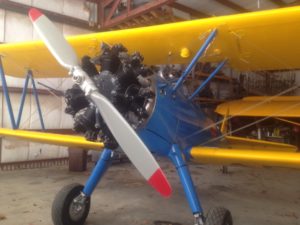
Tiger Moth
